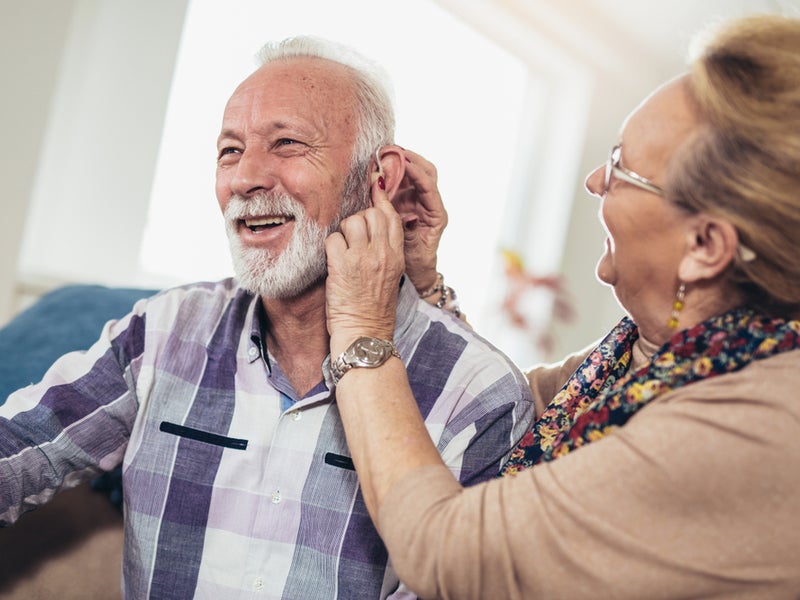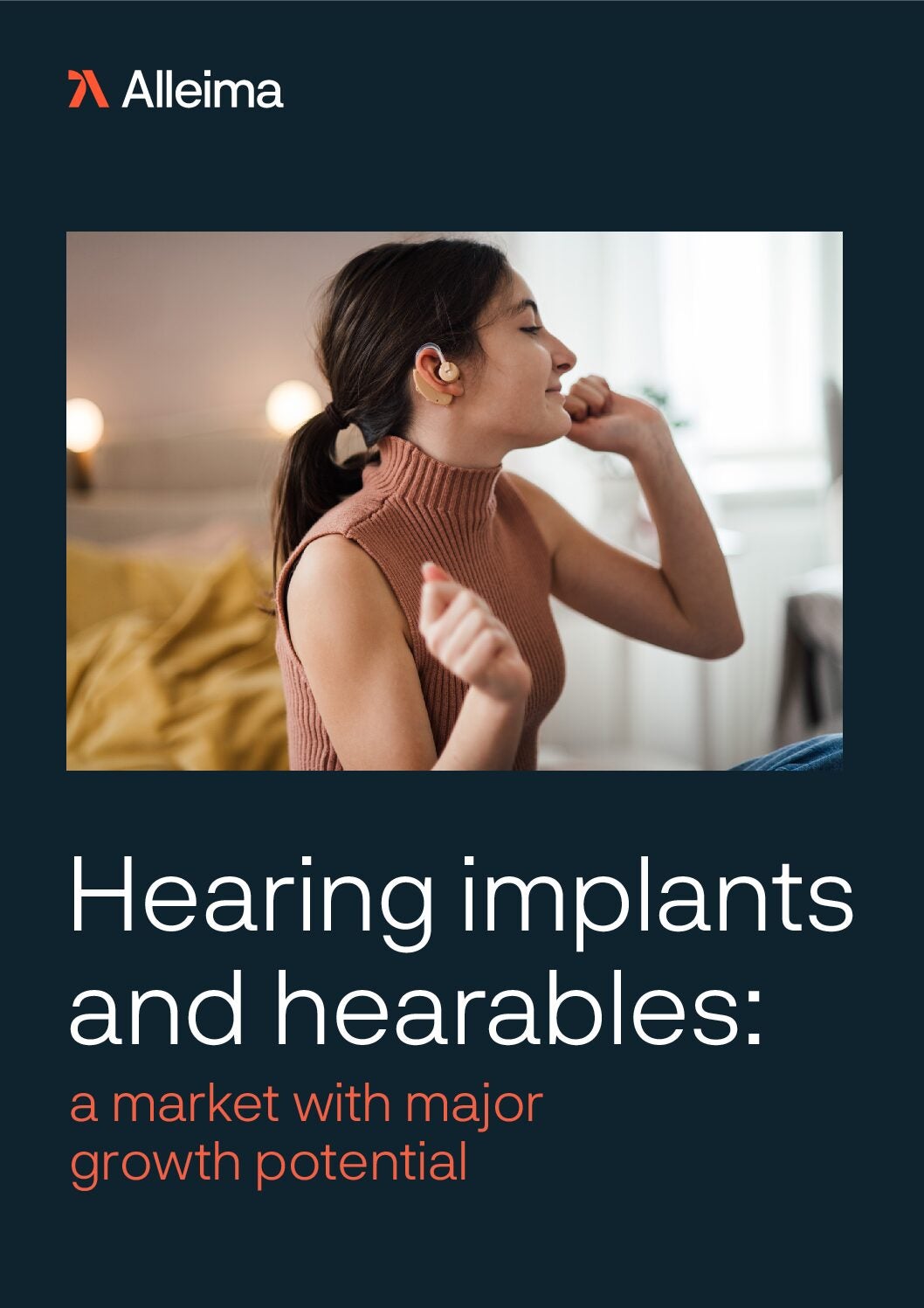
One in six people in the UK lives with hearing loss, 6.7 million of whom could benefit from a hearing aid. However, only around two million people in the UK use them. Assistive hearing technologies have progressed significantly in recent years, transforming the lives of many people who previously lived with a more limited range of sound available to them.
Retired NHS nurse and hearing aid user Helen Cherry says: “Whilst many digital aids have benefitted me, nothing prior to my smart hearing aids has been able to compare to the quality of sounds and the ability to self-manage and personalise the device to my needs in different environments. I instantly noted the crisp clarity and layering of the textured colours of sound. I feel like I hear in purple velvet-like sounds.”
Verdict Medical Devices takes a closer look at some of the life-altering innovations in hearing aid technology.
Audio streaming
Hearing aids of the past often limited the wearer’s access to music players, as earphones and hearing aids cannot be worn simultaneously. However, wireless technology makes it possible to connect Bluetooth-enabled audio devices like iPhones and smart TVs directly to a set of hearing aids.
The listening experience can be personalised, streaming audio to one or both hearing aids depending on the wearer’s preference. Multiple devices can be connected at a time, so the wearer can be comfortable watching the television knowing they’ll still be notified by their aids if they receive a phone call. The stream is typically operated via a mobile phone app, as many hearing aids are too small to accommodate external controls.
Smart home connectivity
The Internet of Things (IoT) is bringing digital connectivity to a growing list of household devices. Now, a software platform called IF This Then That (IFTTT) allows smart hearing aid users to connect their aids to IoT devices around their home, automating various aspects of their day-to-day lives.
Hearing aids like the Oticon Opn can use a wireless internet connection to sync up to various internet-enabled household devices such as a doorbell or fire alarm. This enables a sound such as a spoken notification or chime to be delivered through the hearing aids when these devices are triggered, giving users more independence.
This smart home connectivity is even possible with IoT-enabled coffee machines and home lighting systems. If a hearing aid user wants the coffee machine to come on when they switch on their aids in the morning, or for their bedroom lights to switch off when they turn off their aids at night, they can do so through IFTTT.
AI health monitoring
Smart hearing aid manufacturer Starkey has developed Livio AI, the first ever hearing aid to use integrated sensors and AI to monitor the user’s health.
Through an app called Thrive, Livio AI hearing aids use inertial sensors like accelerometers and gyroscopes to track the wearer’s physical and mental health for an overall daily wellness score. The aids track a combination of activity, steps and overall movement to provide a ‘Body’ score, while the hours of daily use, social engagement and active listening provide a ‘Brain’ score.
For hearing aid users who are elderly or otherwise prone to falls, these aids can also detect when a fall occurs through the sensors and send a text message to up to three emergency contacts. The aids use AI to detect what is and isn’t a normal range of motion for the user to avoid triggering false alarms. Users can also tap the aid to send a manual fall alert notification.
Starkey is working toward adding heart rate monitoring to Livio AI’s capabilities.



